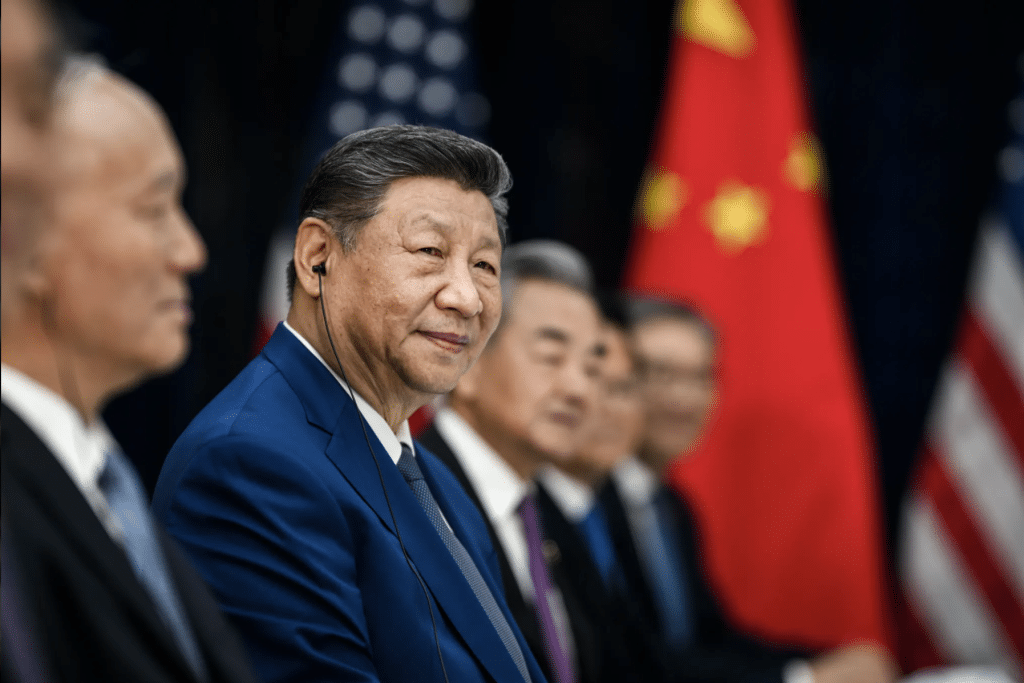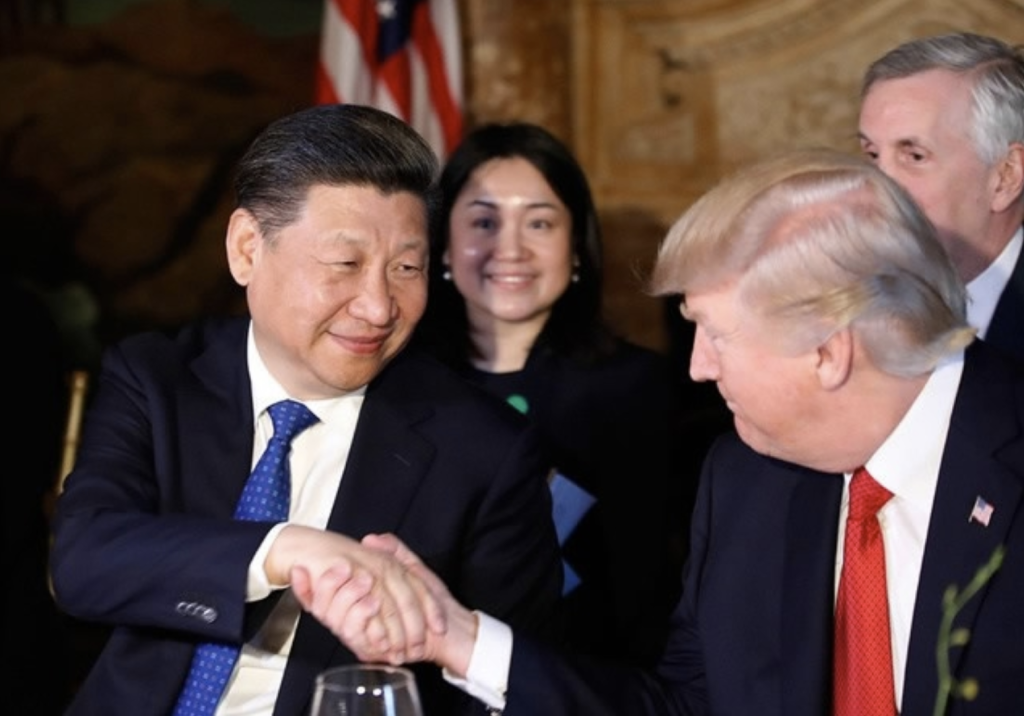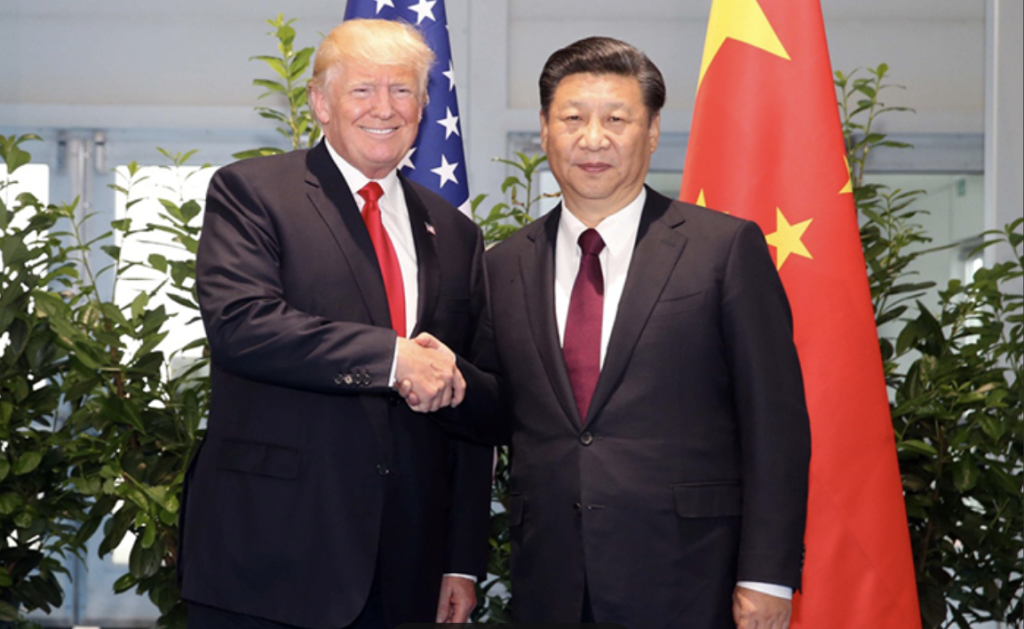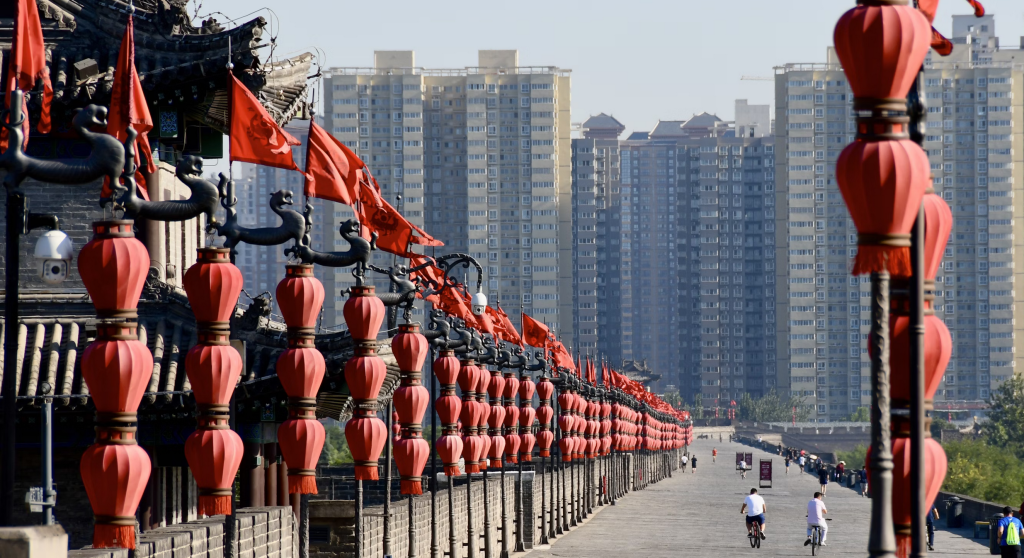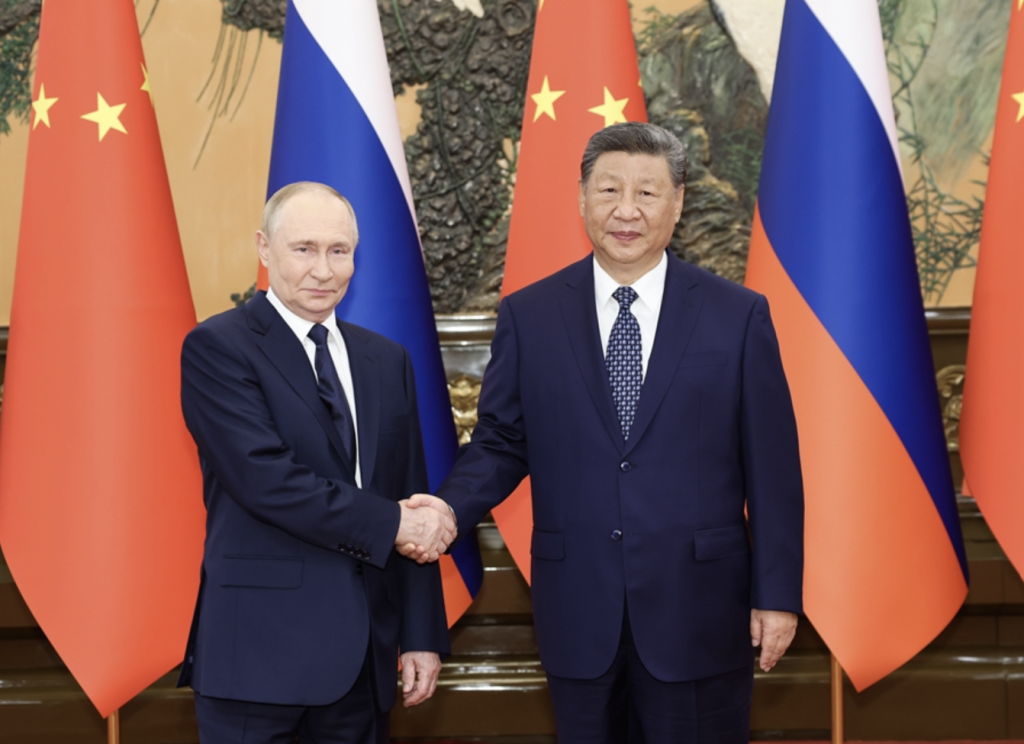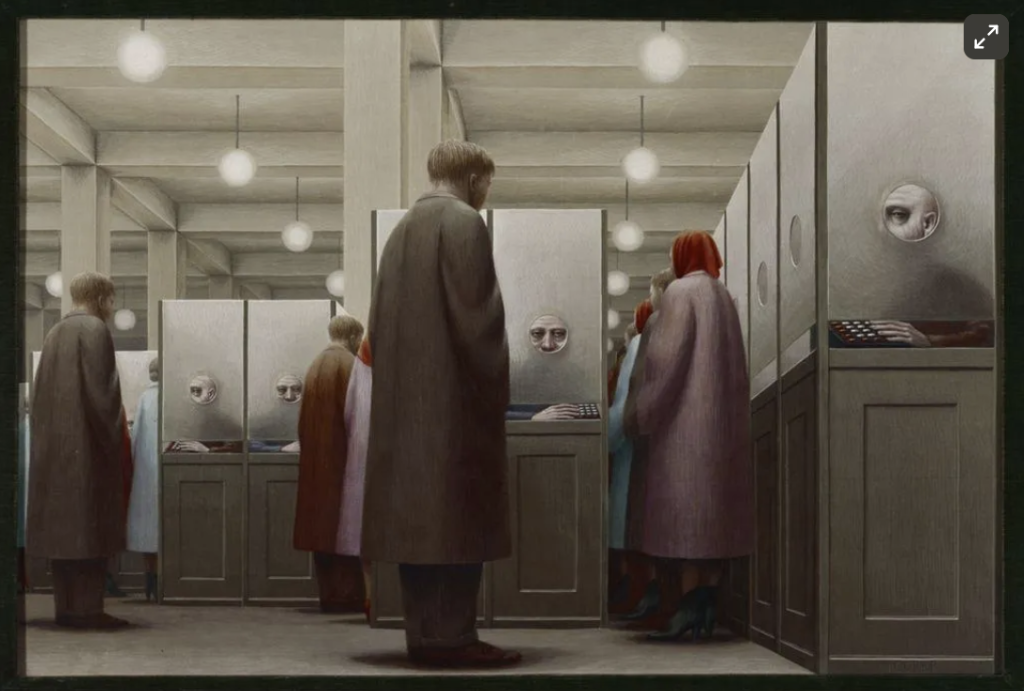Sino-US relations After the Hangzhou G20
On October 6th, 2016, Dr. Yumin Zhao, Deputy Consul General of China in Houston, spoke at Emory regarding Sino-US relations from the establishment of relations between the United States of America and the People’s Republic of China on January 1st, 1979 until now. Dr. Zhao separated Sino-US relations into four periods of time: 1979-1989, 1989-2001, 2001-2009, and 2009-present. 1979 to 1989 was a honeymoon period, during which the US and China enjoyed relaxed relations. Both experienced growing tensions with the Soviet Union: China had a border conflict with Soviet-aligned Vietnam, the US dealt with a left wing insurgency in Nicaragua, and both the US and China contributed against the USSR in the Soviet-Afghan War. During this period, both countries were just starting to explore the relation, enjoying military cooperation and increasing military trade.
From 1989-2001, signs of a rift between the two giants began to surface: the fall of Communism throughout Eastern Europe created tensions in China that prompted the government to push towards sustaining itself at the cost of the people. Additionally, the bombing of the Chinese Embassy in Belgrade, the collision of an American plane with a Chinese plane over Hainan Island, and the Chinese military tensions with Taiwan that led to the Third Taiwan Strait Crisis all increased the tensions between China and the United States. The events from this period created the image of the United States and other western powers trying to halt China from rising to world power status equal to the US and Western European nations, which is a belief that is still very popular in China. This is the time period during which trade heavily expanded between the two nations, and China was rising in economic status. During this time, the leaders of the two nations grew closer as well; Chinese President Jiang Zemin and US President Bill Clinton exchanged visits in 1997 and 1998 respectively. During these visits, while they discussed policy matters, they also spent a lot of time visiting each other’s countries and growing personal connections with one another. This is a very important aspect of the relationship the two leaders shared, as these personal relationships played a role in the leaders deescalating any tensions or situations. This time period was mainly characterized by growing political closeness between the two nations, emerging rifts from controversial issues, and expansion of trade.
From 2001-2009, China displayed its increasing prominence on the world stage: China went from having the sixth biggest economy in the world to the third biggest during this time period (only behind Japan, which it overtook it 2011, and the United States). The United States felt threatened by the increase in China’s status, as the US had just come out of the Cold War as the victor and sole world superpower. The rifts in Sino-American relations were growing, and President George W. Bush’s early stance of being tough on China hurt relations, but Chinese support for the US and its War on Terror following the September 11th attacks mended relations and continued bilateral cooperation. President Bush visited China in 2002, and his counterpart, President Hu Jintao, returned the visit in 2006. China also displayed its rise to the world by hosting the 2008 Summer Olympics in Beijing, which Bush also attended.
From 2009 to the present, the relationship has been characterized by increased American presence in East Asia. In 2010, Hillary Clinton, current Presidential Nominee and then Secretary of State, gave a speech in Hawaii, during which she referenced a Pivot to Asia. In 2013, Tom Donilon, National Security Advisor to the President, renamed it to Rebalance to Asia while speaking to the Asia Society in New York. The US and China saw increase cooperation during this time as well. In our modern world, the US, as the current greatest superpower, does not necessarily need to be an adversary to a growing China; they can cooperate and grow together. With this in mind, both nations have collaborated on efforts in Africa and in Latin America. President Xi paid state visits to the US in 2013 and 2015, while President Obama visited China in 2014, on a state visit, and in 2016, on a visit for the G20 in Hangzhou. While Sino-American relations generally look pretty good at the moment, the South China Sea is still a major destabilizing issue in relations.
Since the G20, both countries have endeavored to increase cooperation, work on issues in which they hold mutual interests, and continue expanding Sino-American relations. The two nations have opportunities to cooperate in economics and security, as well as in public health, climate change, disaster relief, and anti-piracy. In order to do this, both countries must enhance communication, keep exchanges high, increase cooperation, and tackle their differences in culture and political systems. Lastly, the US must become more comfortable with China’s ascendance as a global superpower, as the discomfort the US holds will only weaken the bilateral relationship and lead to increased tensions.
Written by: Kevin Sonukan


